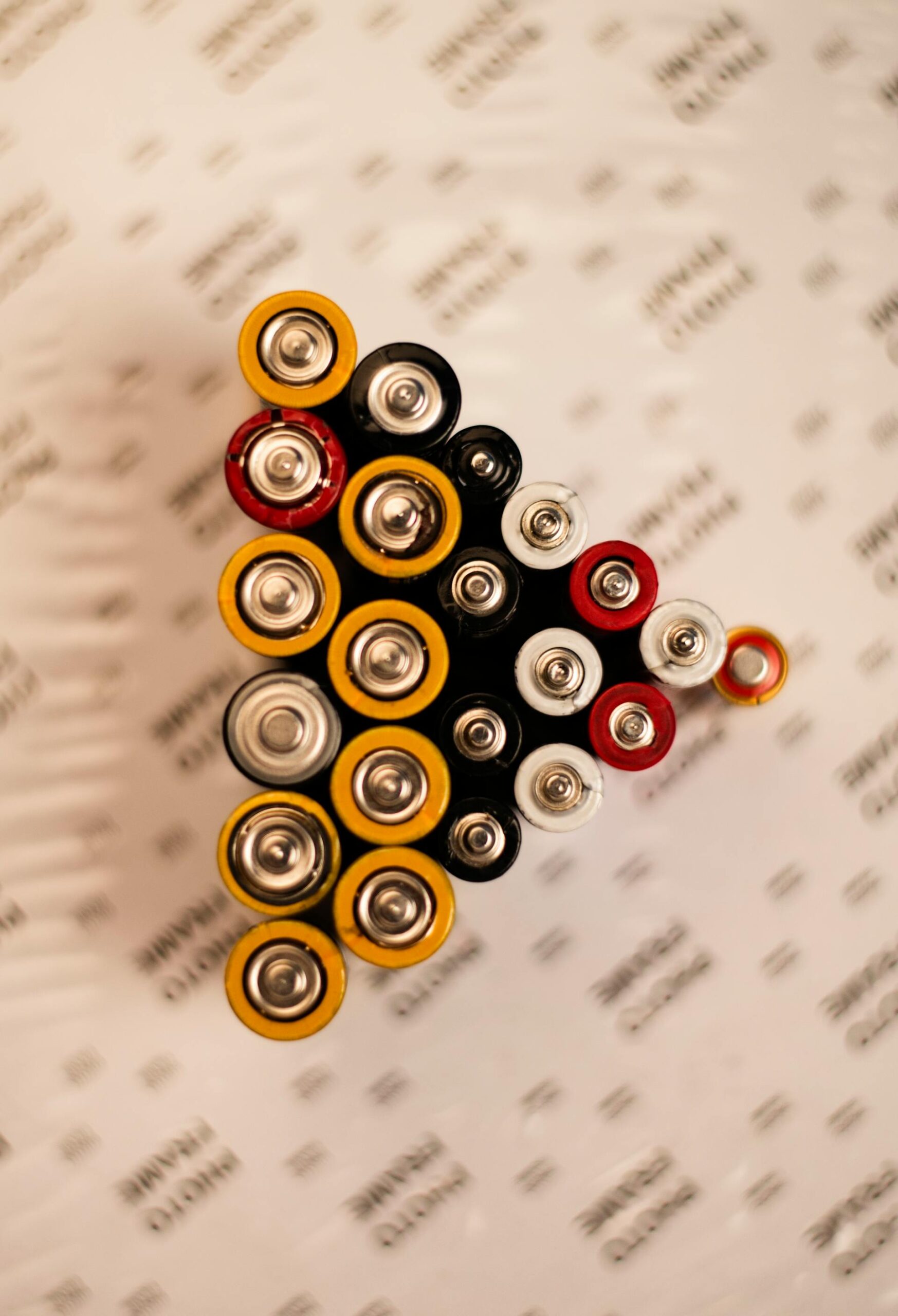As the world faces the urgent need to transition toward sustainable and carbon-neutral energy systems, advanced materials have taken center stage. Among them, vanadium and its chemical compounds stand out as some of the most promising tools for clean-energy innovation. Whether powering large-scale renewable grids, improving catalytic efficiency, or enabling safer energy storage, vanadium chemistry is steadily pushing humanity toward a future less dependent on fossil fuels. Two compounds in particular — vanadium pentoxide and sodium metavanadate — are playing increasingly significant roles. Their unique properties are helping scientists and engineers create systems that are not only more efficient but also more environmentally friendly.
Why Vanadium Matters in the Energy Transition
Vanadium is a transition metal known for its flexibility in forming compounds with diverse oxidation states. This characteristic makes it ideal for processes that involve electron transfer — the heart of energy generation, storage, and conversion. As global industries shift away from carbon-intensive technologies, the ability to store renewable energy reliably has become one of the biggest hurdles. Wind and solar power, for example, generate energy intermittently. Without efficient, scalable storage solutions, vast amounts of renewable energy could go unused.
This is where vanadium excels. One of the most notable applications is in vanadium redox flow batteries (VRFBs), recognized as one of the best long-duration energy-storage technologies for grid-level use. The secret behind their stability and performance lies largely in vanadium-based electrolytes.
Vanadium Pentoxide: A Key Player in Energy Storage and Catalysis
Vanadium pentoxide (V₂O₅) is one of the most widely used vanadium compounds due to its rich redox behavior and strong catalytic properties. In the effort to build a carbon-free future, it contributes in several crucial ways:
1. Vanadium Redox Flow Batteries
In VRFBs, V₂O₅ is often used as a precursor for the vanadium electrolyte solution. The compound allows for the production of high-purity vanadium ions, enabling batteries with long lifetimes, minimal degradation, and excellent recyclability. Unlike lithium-ion batteries, VRFBs do not involve flammable components, making them safer and more suitable for large-scale renewable-energy storage.
Because the electrolyte in VRFBs can be reused indefinitely and does not suffer the same aging effects as lithium cells, these systems have a lifespan of 20–30 years. This durability significantly reduces long-term cost and environmental impact — a major step toward making renewable energy infrastructure more sustainable.
2. Catalysts for Cleaner Industrial Processes
Vanadium pentoxide is also widely used as a catalyst in reactions essential to clean-energy production. A prominent example is its use in the catalytic oxidation of sulfur dioxide to sulfur trioxide during the production of sulfuric acid. Modern sulfuric-acid production increasingly incorporates cleaner and more energy-efficient methods, and V₂O₅ plays a key role in improving catalytic efficiency while reducing environmental emissions.
In addition, V₂O₅-based catalysts are being explored for:
- reducing NOx emissions in power plants,
- biomass conversion,
- hydrogen fuel production.
Hydrogen, particularly when generated through low-carbon processes, is projected to become one of the leading energy carriers of the carbon-neutral future. Catalysts like V₂O₅ may accelerate the shift toward green hydrogen by enabling more efficient chemical pathways.
Sodium Metavanadate: Supporting Clean Chemistry and Energy Innovation
Another important vanadium compound is sodium metavanadate (NaVO₃). Although less widely known than vanadium pentoxide, it contributes valuable chemical versatility in fields connected to sustainable energy.
Sodium metavanadate is often used as an intermediate in the production of other vanadium compounds, including those required for advanced battery technologies. Its solubility and stability make it useful for synthesizing high-purity vanadium electrolytes — an essential requirement for VRFB performance.
Moreover, sodium metavanadate is studied for its potential in catalytic and electrochemical applications. Researchers are exploring its use in:
- water-splitting reactions for hydrogen generation,
- catalytic oxidation for cleaner industrial processes,
- materials that enhance fuel-cell efficiency.
By contributing to the development of catalysts and energy-conversion materials, NaVO₃ indirectly supports technologies that reduce carbon emissions, improve efficiency, and expand the potential for renewable energy systems.
Driving Decarbonization Through Better Storage
One of the biggest challenges in transitioning to a carbon-free future is balancing energy supply and demand. Renewable sources like wind and solar produce power unpredictably. Without robust storage solutions, we cannot rely on them as primary energy sources.
Vanadium-based batteries solve several critical problems:
- They store excess renewable power during peak production hours.
- They deliver energy reliably when solar or wind output drops.
- They scale easily, making them useful for local microgrids and national grids alike.
- Their recyclable electrolyte reduces resource waste compared to lithium-based systems.
By stabilizing renewable energy output, vanadium chemistry enables nations to expand clean-energy infrastructure without compromising reliability or stability.
Beyond Batteries: Vanadium in Sustainable Manufacturing
The role of vanadium compounds extends beyond energy storage. They contribute to decarbonization by improving the efficiency of manufacturing, chemical processing, and pollution-control systems.
Industries rely on vanadium-based catalysts to:
- reduce emissions,
- increase energy efficiency,
- lower the environmental footprint of chemical reactions.
As governments introduce stricter environmental standards, the demand for efficient catalytic materials — including vanadium compounds — continues to grow.
Looking Ahead: Vanadium’s Expanding Future
The global push toward carbon neutrality is accelerating research into new materials and technologies. Vanadium compounds such as vanadium pentoxide and sodium metavanadate have already demonstrated their value in long-duration energy storage, catalysis, and renewable-energy systems.
Future advancements may include:
- improved electrolytes for next-generation VRFBs,
- more efficient catalysts for green-hydrogen production,
- advanced materials for carbon capture and conversion,
- new applications in fuel cells and zero-emission industrial processes.
As research progresses, vanadium’s role in the clean-energy ecosystem is expected to grow even more significant.
Conclusion
Chemical innovation is at the heart of the transition toward a carbon-free future. Through compounds like vanadium pentoxide and sodium metavanadate, vanadium is helping solve some of the most pressing challenges of the renewable-energy era. By enabling safer, more durable energy storage and cleaner industrial processes, vanadium chemistry provides a strong foundation for a sustainable and resilient global energy system. Each advancement brings us a step closer to a world powered by clean, dependable, and carbon-neutral technologies.







